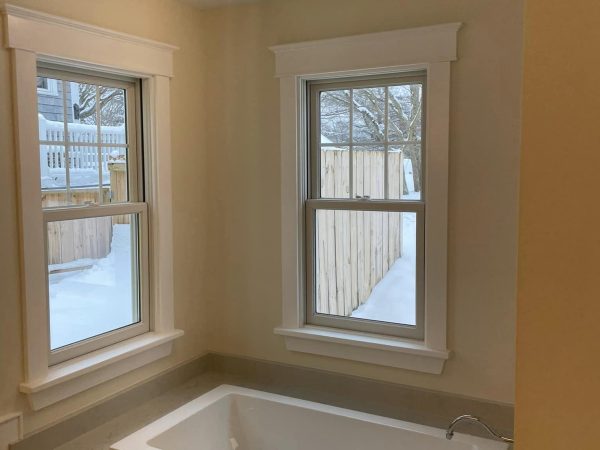What Does a Lead Painter Do? Roles, Responsibilities, and Certifications
If your home or building was built before 1978, chances are it may still contain lead-based paint. Working with this hazardous material requires more than just painting skills; it calls for specialized training and strict safety practices. This is where a lead painter comes in. A certified lead painter is trained to handle, remove, and safely work around lead-based paint to protect homeowners, workers, and the environment.
Understanding the Role of a Lead Painter
A lead painter is a licensed professional who specializes in painting projects where lead paint is present. Unlike a general painter, their focus extends beyond applying a fresh coat of paint. They must identify lead hazards, prepare surfaces correctly, and follow state and federal regulations to ensure the safety of everyone involved. Their role is part craftsmanship and part public safety.
Key Responsibilities of a Lead Painter
The job of a lead painter involves much more than painting walls. Their core responsibilities include:
- Conducting lead paint inspections and identifying hazardous areas.
- Preparing the workspace with protective coverings and ventilation systems.
- Using specialized tools and methods to remove or stabilize lead-based paint.
- Ensuring proper containment to prevent lead dust from spreading.
- Applying lead-safe coatings and finishes that meet EPA standards.
- Following OSHA and EPA safety regulations throughout the project.
- Properly disposing of contaminated waste according to environmental laws.
Every step is carefully monitored, and failure to follow the rules can result in health risks and heavy penalties.
Certifications and Training Required for Lead Painters
To become a certified lead painter, professionals must undergo extensive training. The most recognized certification in the United States is the EPA Lead Renovation, Repair and Painting (RRP) Certification. This program teaches safe work practices for handling lead-based paint in homes, schools, and child-care facilities.
Many states also require additional licensing and training programs. Certified lead painters must stay updated with continuing education and renew their certifications regularly. This ensures they remain compliant with evolving safety standards and regulations.
Why Hiring a Certified Lead Painter Matters
Hiring a certified lead painter is not just about compliance; it’s about protecting your family’s health. Lead poisoning is especially harmful to children and pregnant women, causing developmental delays, learning difficulties, and long-term health issues. A certified lead painter minimizes these risks by using safe, approved methods that a general painter may not be trained to perform.
From a legal standpoint, property owners and contractors can face fines or lawsuits if lead-safe practices are not followed. Working with a certified professional ensures your project meets all regulations and gives you peace of mind.
How to Choose the Right Lead Painter
When searching for a lead painter, ask for proof of certification and check references from past projects. Look for professionals who are transparent about their process and willing to provide written estimates. A good lead painter will walk you through their safety measures and explain how they will protect your property during the project.
FAQs
What is the difference between a painter and a lead painter?
A regular painter focuses on aesthetics and finishes, while a lead painter is trained to safely handle and remove hazardous lead-based paint under strict regulations.
Do all painters need to be certified in lead safety?
No, only painters who work on buildings constructed before 1978 or where lead paint is suspected are required to have certification.
How long does it take to become a certified lead painter?
Most EPA RRP certification courses can be completed in one to two days, but ongoing education and renewals are necessary.
Is hiring a certified lead painter more expensive?
The cost may be slightly higher than hiring a general painter, but it ensures safety, compliance, and protection against potential health risks and fines.
Can I remove lead paint myself?
It is strongly discouraged. DIY removal can release dangerous lead dust into your home. Only certified professionals should handle lead paint removal.

